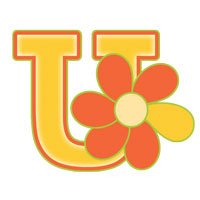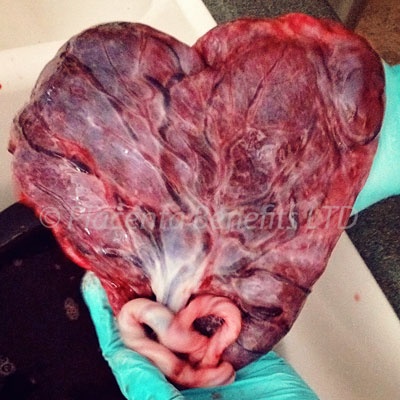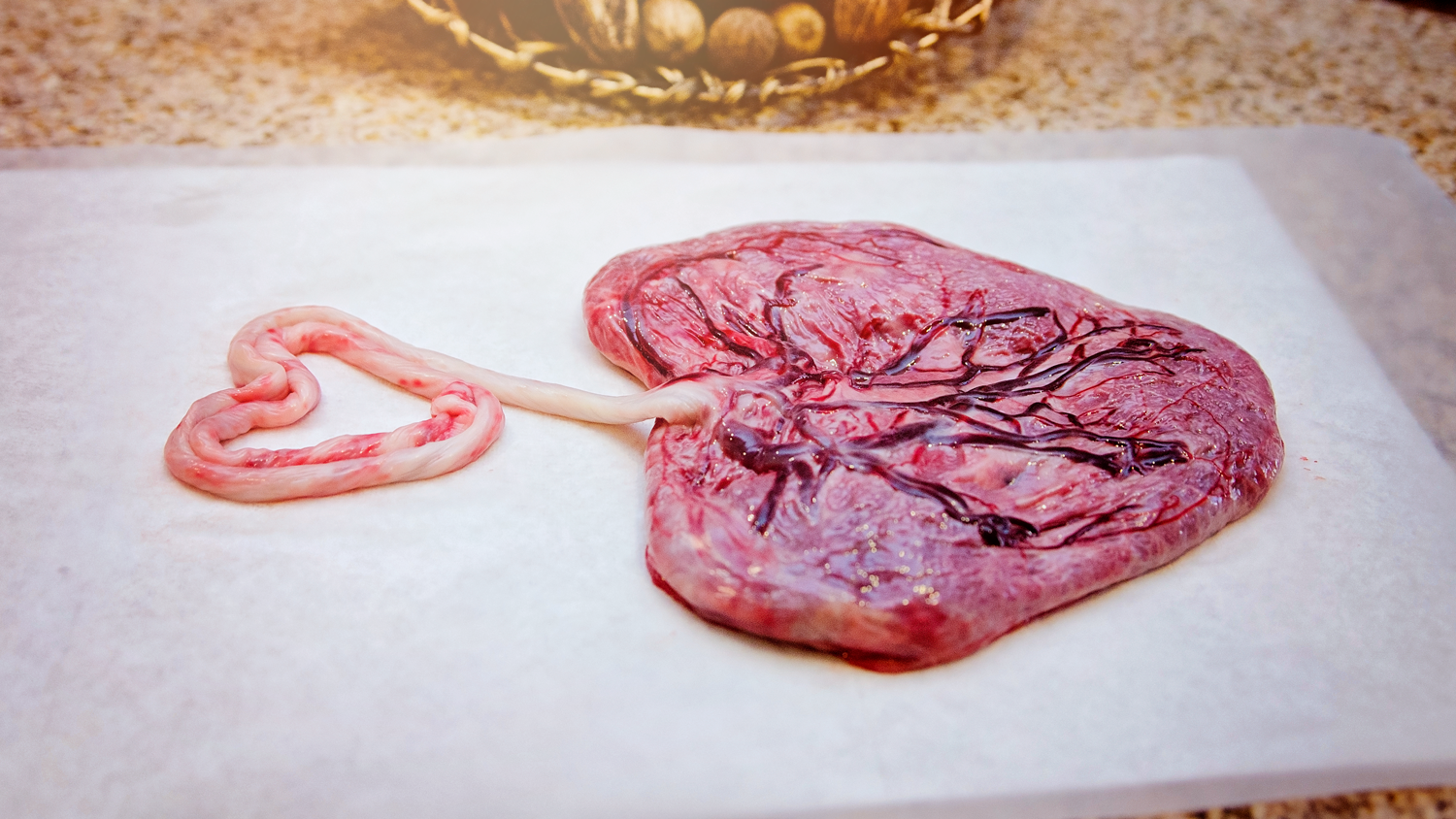
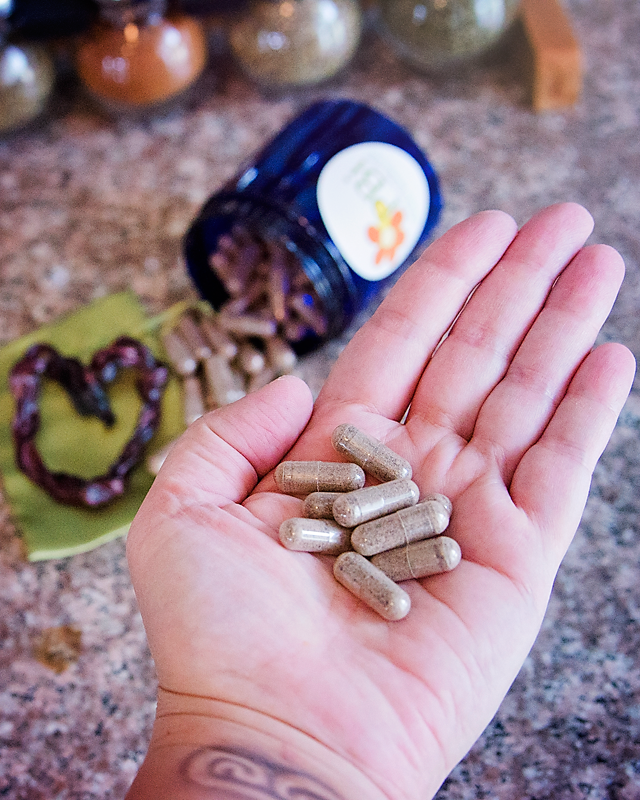 This module describes what we know about the benefits of placentophagy for modern, postpartum women. It also delves into the cultural history of human maternal placentophagy, and describes some adaptations of the practice as an evolutionary, adaptive behavior.
This module describes what we know about the benefits of placentophagy for modern, postpartum women. It also delves into the cultural history of human maternal placentophagy, and describes some adaptations of the practice as an evolutionary, adaptive behavior.
Featuring lectures by the Placentophagy Research Team members from the University of Nevada, Las Vegas (UNLV):
- Sharon Young, Ph.D graduate student at UNLV
- Dr. Daniel Benyshek, Ph.D. Anthropology at UNLV and principal investigator for our research
- Jodi Selander, Director of Placenta Benefits LTD
Learning Objectives:
By the end of this module, you should be able to
- Discuss 4 theories that attempt to explain placentophagy, and the rebuttals for each.
- Present a potential evolutionary purpose for placentophagy.
- Cite 3 reported benefits of human maternal placentophagy, based on research.
- Describe the most popular cultural practice surrounding placenta care.
- Discuss a theory for why humans may have stopped practicing placentophagy.
- Course Admin: PBi Course Administrator
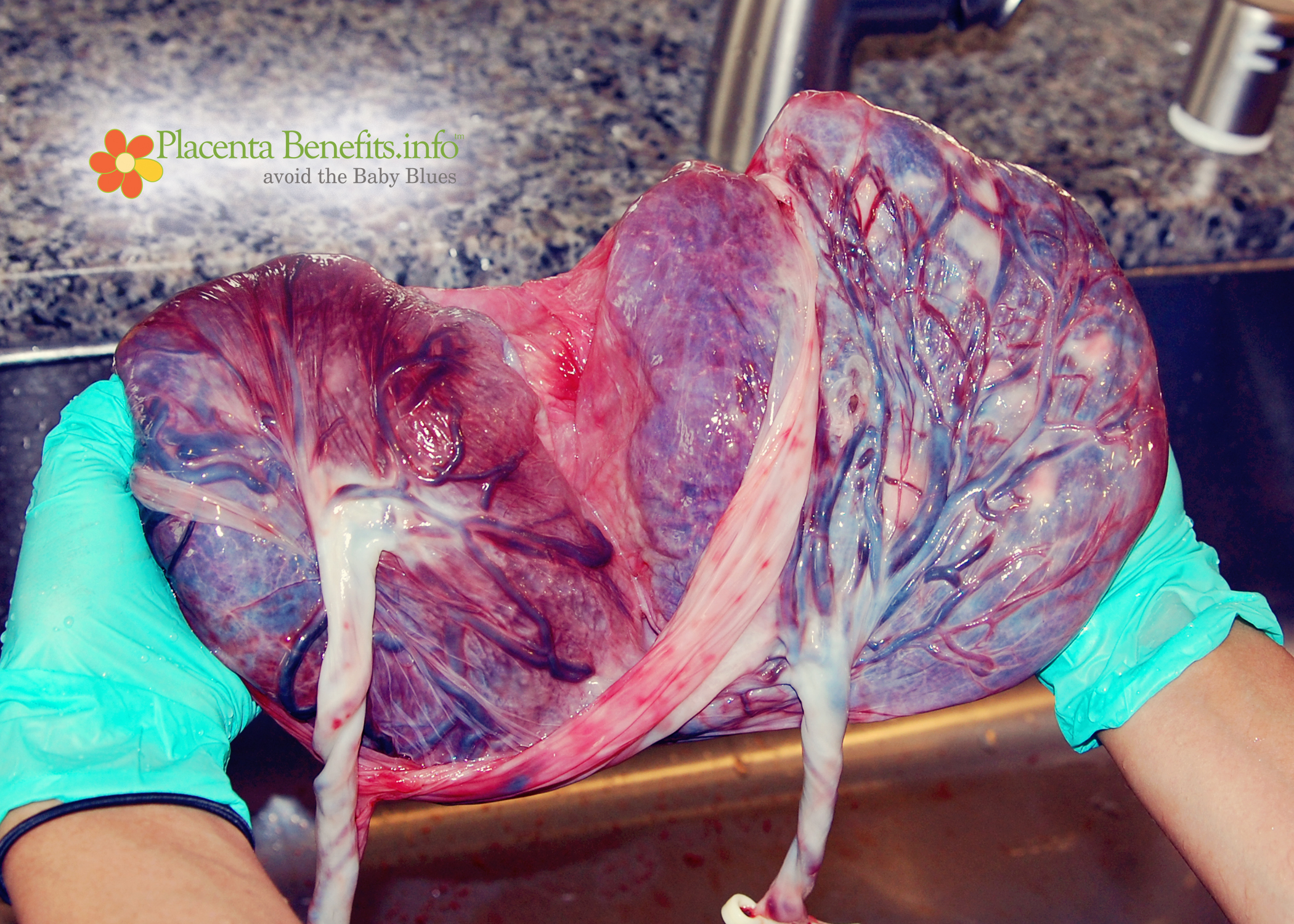
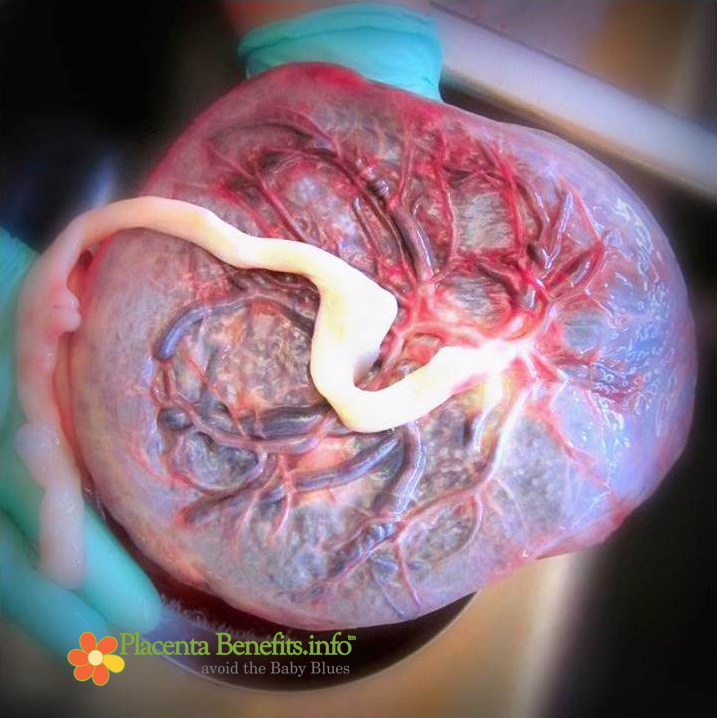 This module gets you up close and personal with the placenta. You'll discover how the placenta works during pregnancy, and be able to accurately identify many of the variations you are likely to encounter during your work as a Placenta Encapsulation Specialist.
This module gets you up close and personal with the placenta. You'll discover how the placenta works during pregnancy, and be able to accurately identify many of the variations you are likely to encounter during your work as a Placenta Encapsulation Specialist.
- Overview of the Placenta
- Placental Development
- Functions of the Placenta
- Placental Variations
Learning Objectives:
By the end of this module, you should be able to
- Describe how the placenta provides nutrients to and eliminates waste from the baby
- Name the vessels in the umbilical cord
- Identify the layers of the membranes
- Describe 3 different types of cord insertions
- Compare and contrast circumvallate and circummarginate placentas
- Compare and contrast succenturiate and bilobed placentas
- Identify and describe infarcts and calcification, and explain how they form
- Course Admin: PBi Course Administrator
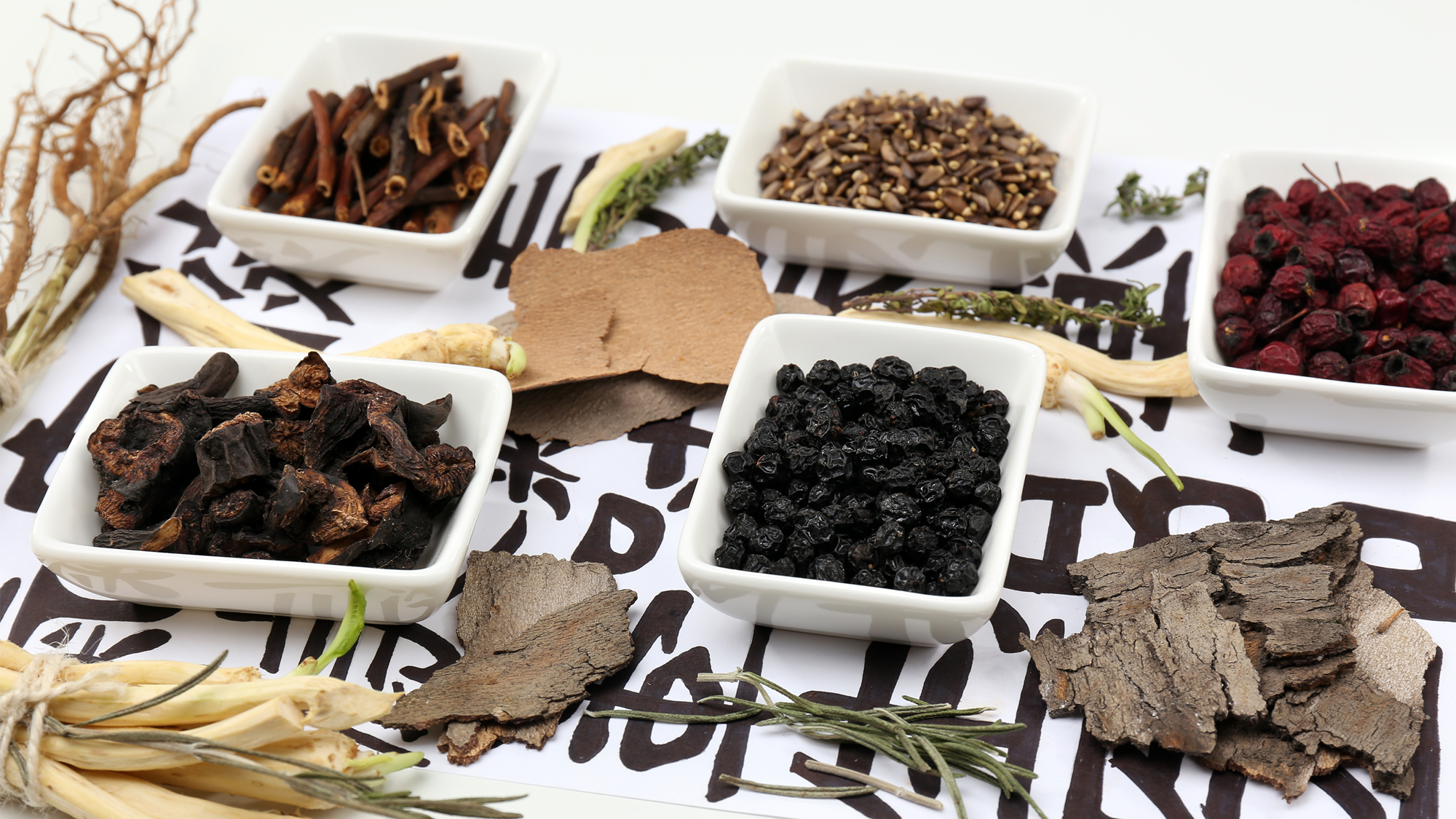
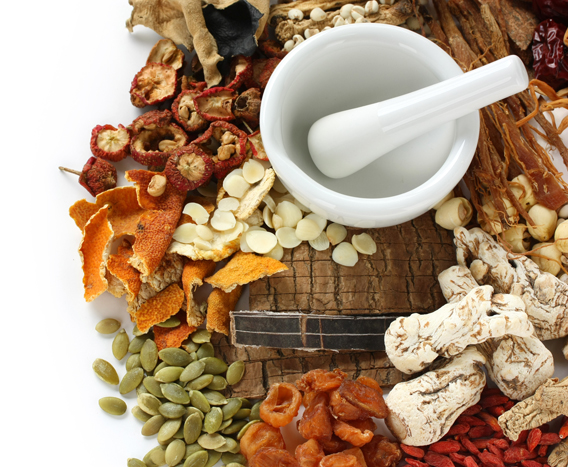 Traditional Chinese Medicine (TCM) has used dried placenta for centuries. This module explains the basic theories behind how placenta works in TCM principles, and how we can apply these principles to our placenta encapsulation practices.
Traditional Chinese Medicine (TCM) has used dried placenta for centuries. This module explains the basic theories behind how placenta works in TCM principles, and how we can apply these principles to our placenta encapsulation practices.
- What do we know about Traditional Chinese Medicine?
- How do we take a placenta and transform it into medicine?
- What ancient principles of health and wellness contribute to using placenta for postpartum recovery?
- Should we be dehydrating placentas from raw straight into capsules?
Learning Objectives:
By the end of this module, you should be able to
- Describe the type of medicine that is created from placenta
- Name 3 main uses for placenta within TCM
- Assess how the placenta must be prepared to yield the desired results
- Understand how qi works within our system and describe how that relates to placenta
- Course Admin: PBi Course Administrator
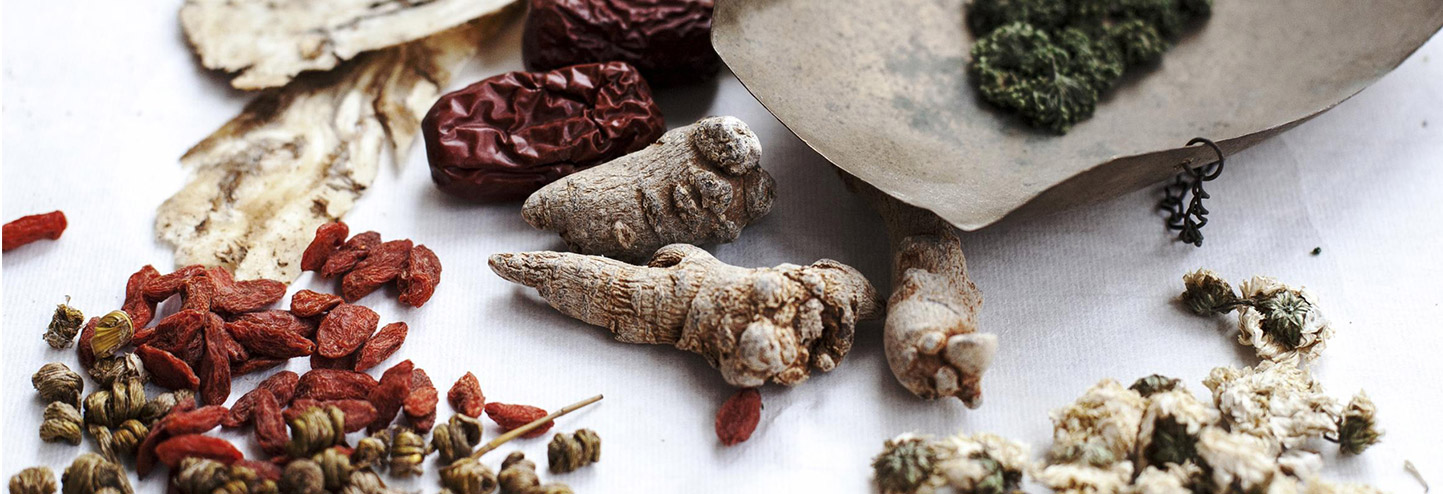
 In Traditional Chinese Medicine, one of the main conditions that Zî hé chē is meant to treat is insufficient lactation.
In Traditional Chinese Medicine, one of the main conditions that Zî hé chē is meant to treat is insufficient lactation.
In this module, you will learn how hormones work to induce (and inhibit) lactation, and how placentophagy can help boost these lactation promoters, both from a scientific and a TCM perspective.
Learning Objectives:
By the end of this module, you should be able to
- Describe how Zî hé chē helps to promote lactation
- Name the 2 main hormones in stimulating lactation
- Compare how the placenta acts to inhibit lactation during pregnancy to how it could work to increase lactation via placentophagy
- Course Admin: PBi Course Administrator

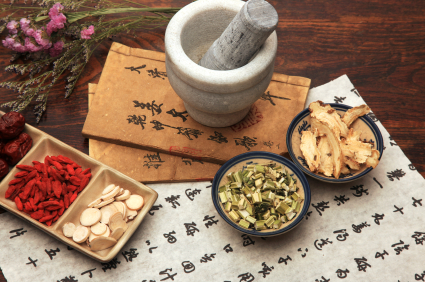 In Traditional Chinese Medicine, one of the main conditions that Zî hé chē is meant to treat is fatigue.
In Traditional Chinese Medicine, one of the main conditions that Zî hé chē is meant to treat is fatigue.
In this module, you will learn how low blood supply, anemia and fatigue are linked. You will also learn how placenta can be helpful to postpartum women in restoring their iron levels, both from a scientific and a TCM perspective.
Learning Objectives:
By the end of this module, you should be able to
- Describe how anemia impacts fatigue
- Name a predictor for the development of Postpartum Depression
- Compare chemical supplements to natural supplements in how they react in the body
- Describe bioavailability
- Provide a sound theory for how Zî hé chē helps alleviate symptoms of fatigue
- Describe on way that Zî hé chē may help women avoid Postpartum Depression
- Course Admin: PBi Course Administrator

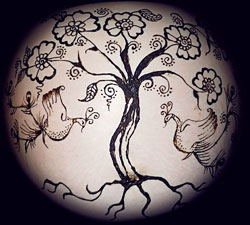 This module explains the role of hormones in the postpartum period.
This module explains the role of hormones in the postpartum period.
- Overview of the Endocrine System
- Key hormones in the immediate postpartum period
- Hormonal functioning in the early weeks postpartum
- Postnatal mood disorders and the hormonal link
Learning Objectives:
By the end of this module, you should be able to
- Compare and contrast primary versus secondary endocrine organs
- Explain the function of primary endocrine organs
- Identify the main placental hormones
- Describe various hormones and their link to postnatal mood disorders
- Illustrate how the placenta may be useful in postnatal hormone balancing
- Course Admin: PBi Course Administrator
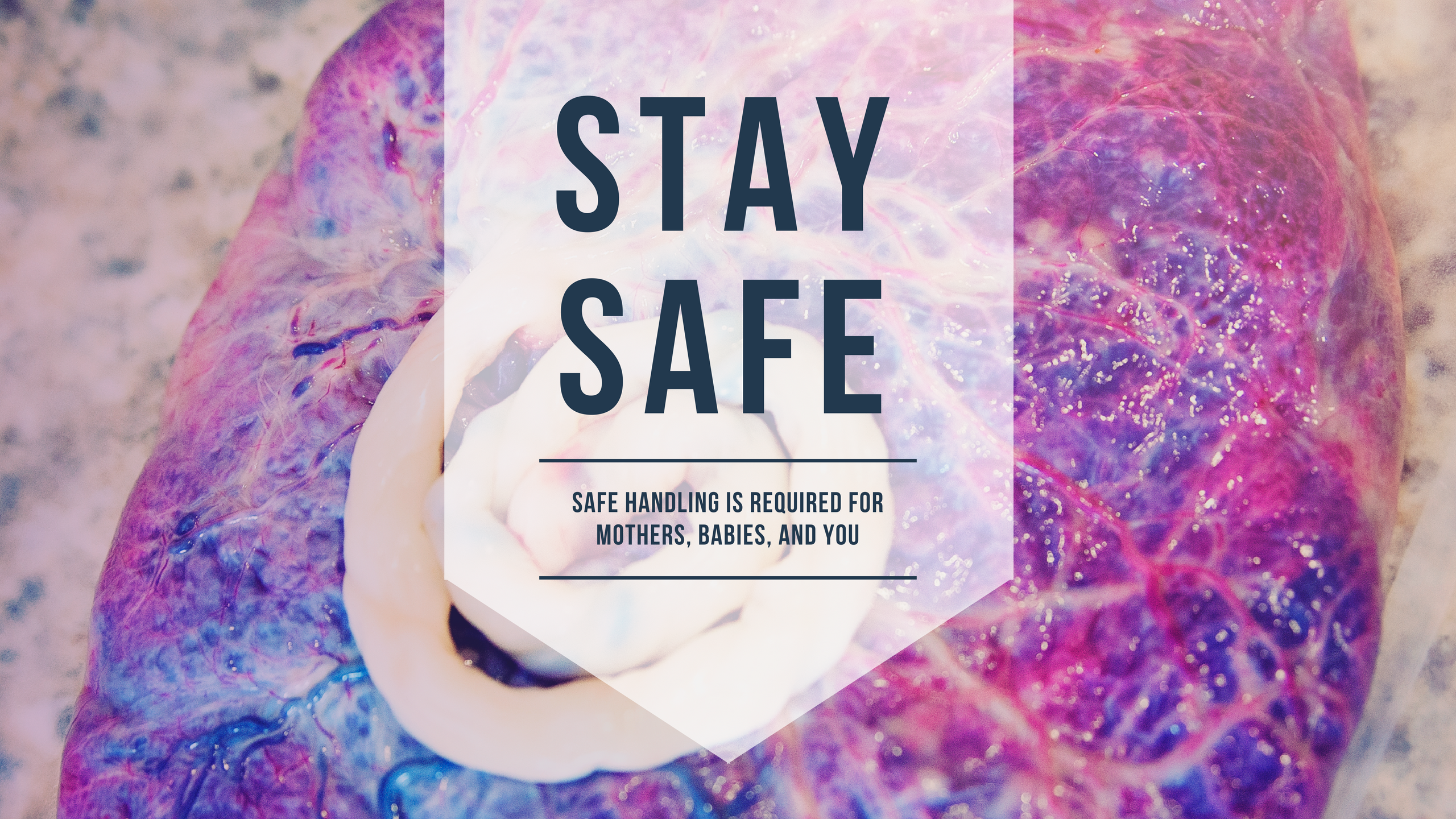
We strongly recommend that you take this course after you have successfully completed all the other modules. This is the module before the final Tutorials Module, and should be taken just before the Tutorials Module. WHY?
|
|
This module will explain "best practice" concepts for the use of placenta for postpartum recovery.
Learning Objectives: By the end of this module, you should be able to
|
- Course Admin: PBi Course Administrator

Please complete the other modules before enrolling in this course. You will not be able to view any of the tutorials until the other courses are completed with a passing grade.
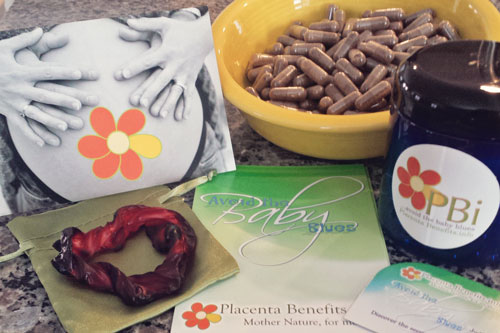 This module will explain how to prepare placenta for postpartum recovery... and beyond!
This module will explain how to prepare placenta for postpartum recovery... and beyond!
- Encapsulation
- Artistic Prints
- Mother's Broth
- Tinctures
- Salves
Learning Objectives:
By the end of this module, you should be able to
- Prepare a placenta as Zî hé chē
- Safely handle a placenta for ingestion purposes
- Properly disinfect the kitchen area after encapsulation
- Create an artistic print of a placenta for preservation purposes
- Create a keepsake from an umbilical cord
- Describe the benefits of the Mother's Broth
- Prepare a tincture for the mother
- Prepare a healing topical salve for your clients
- Course Admin: PBi Course Administrator
